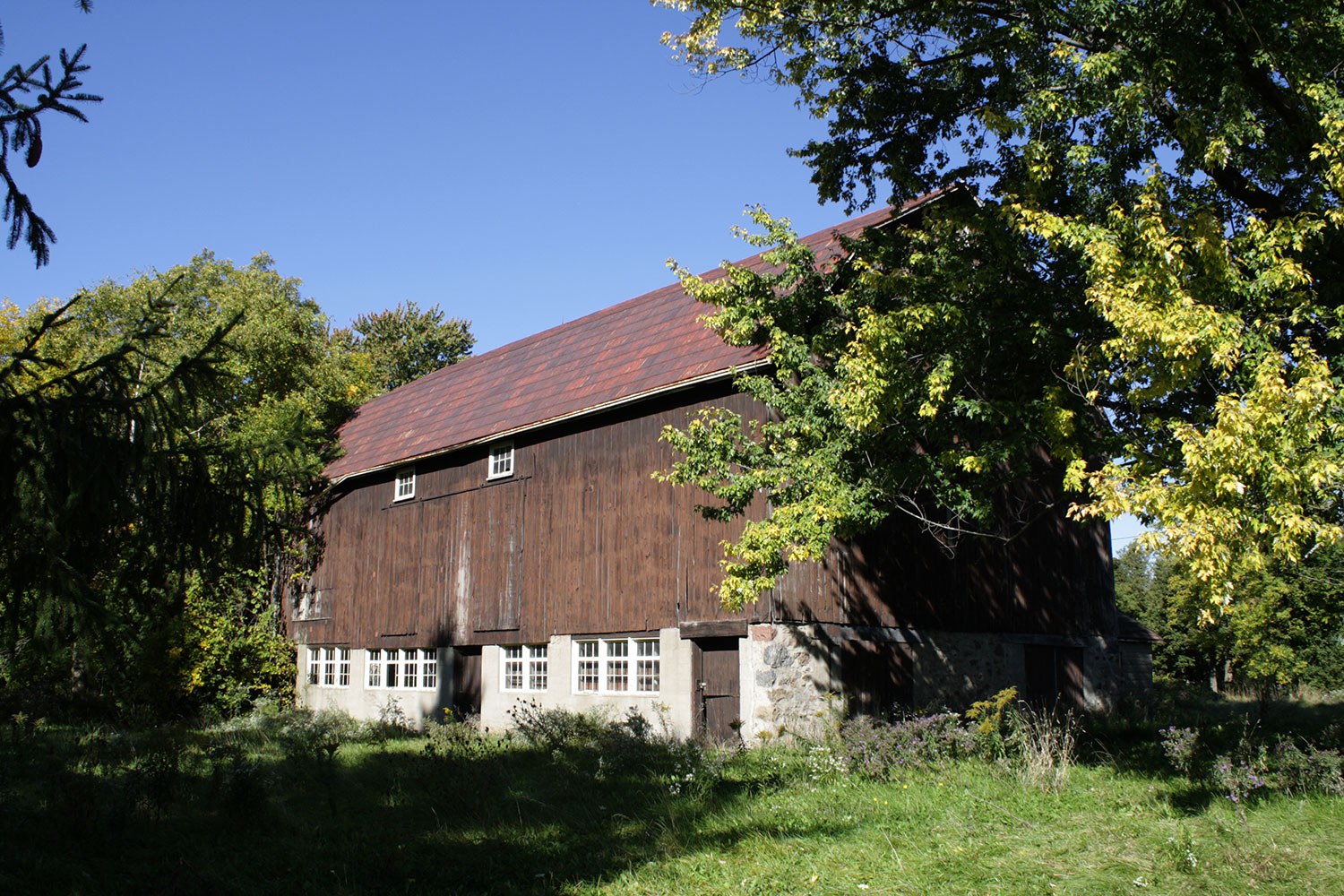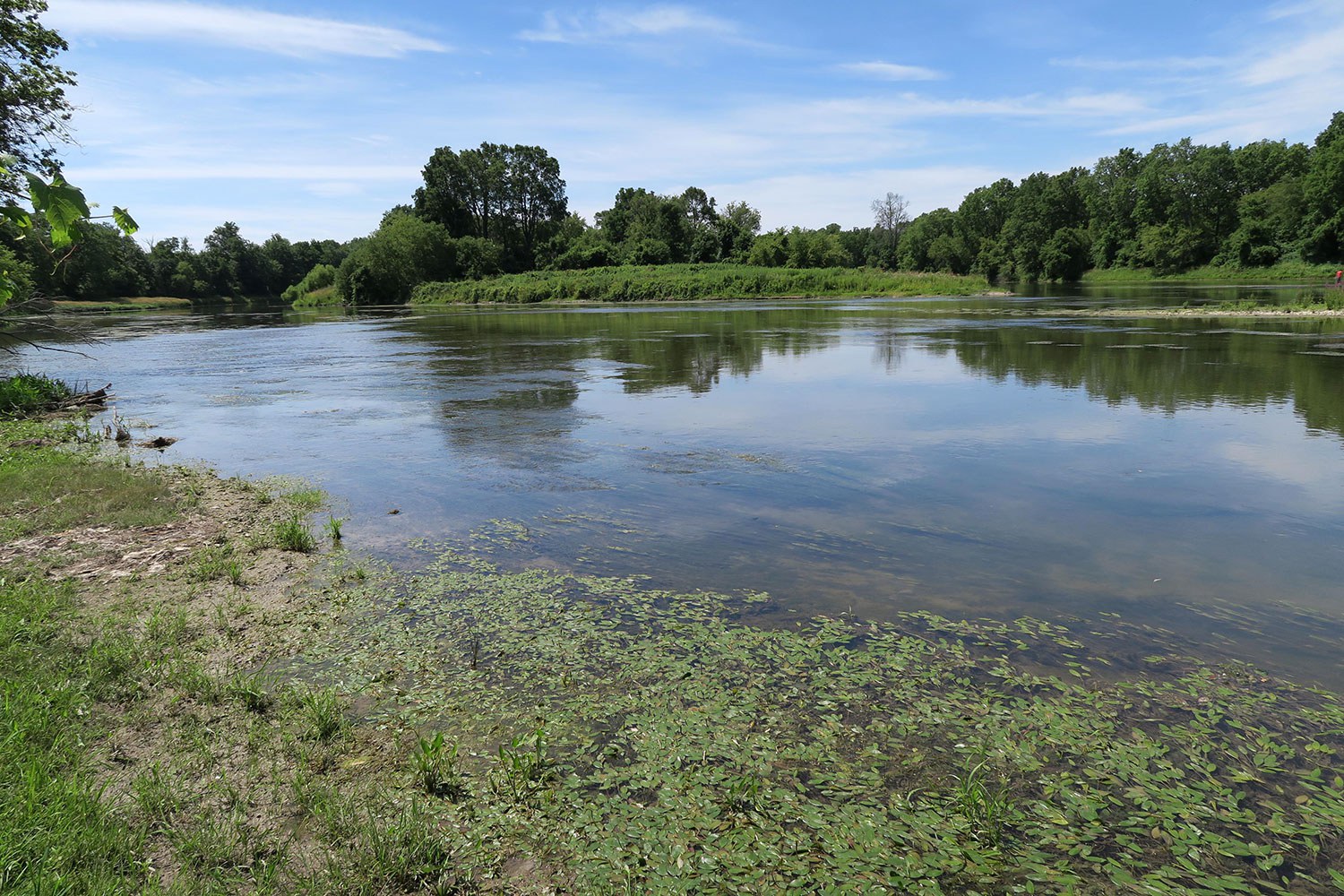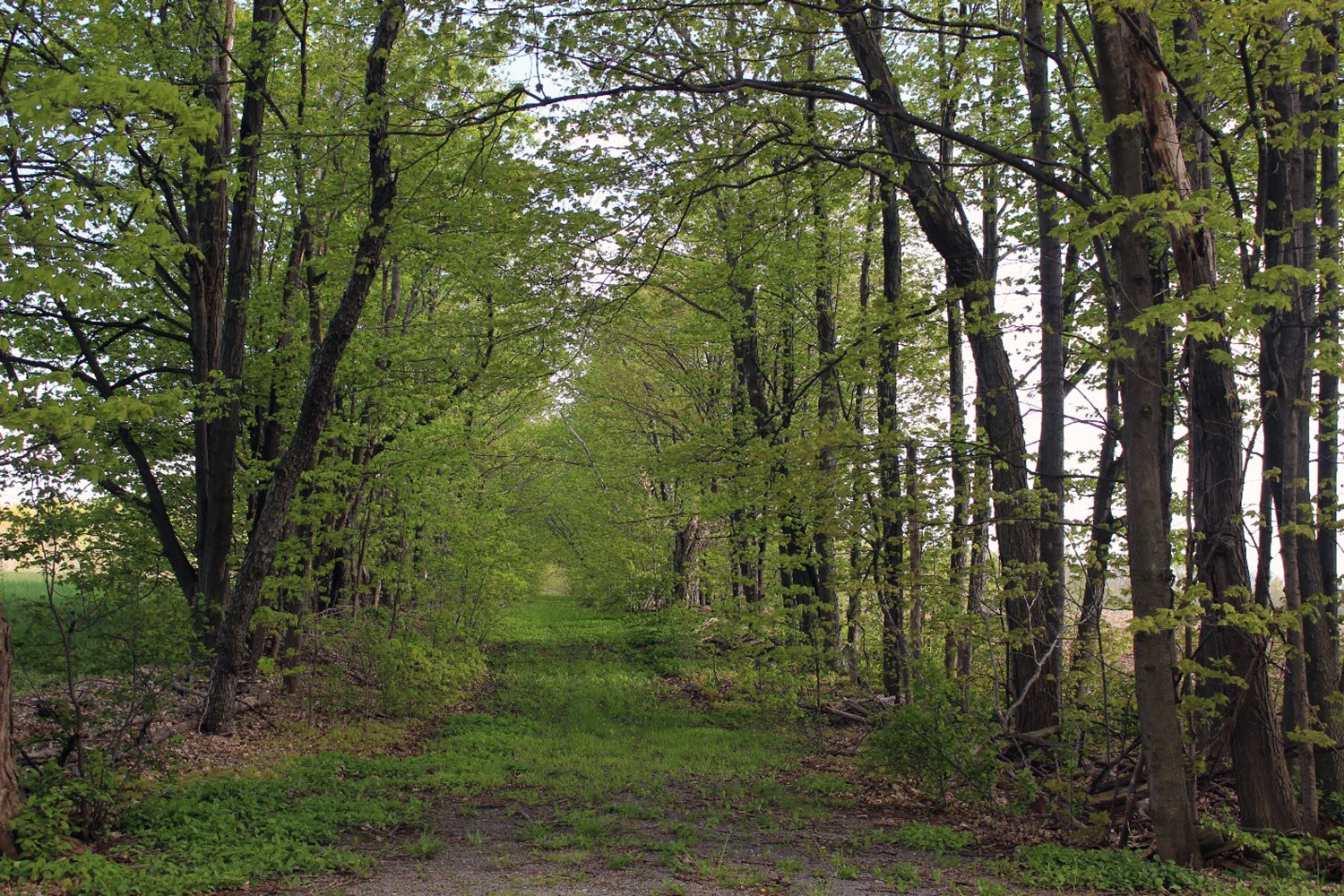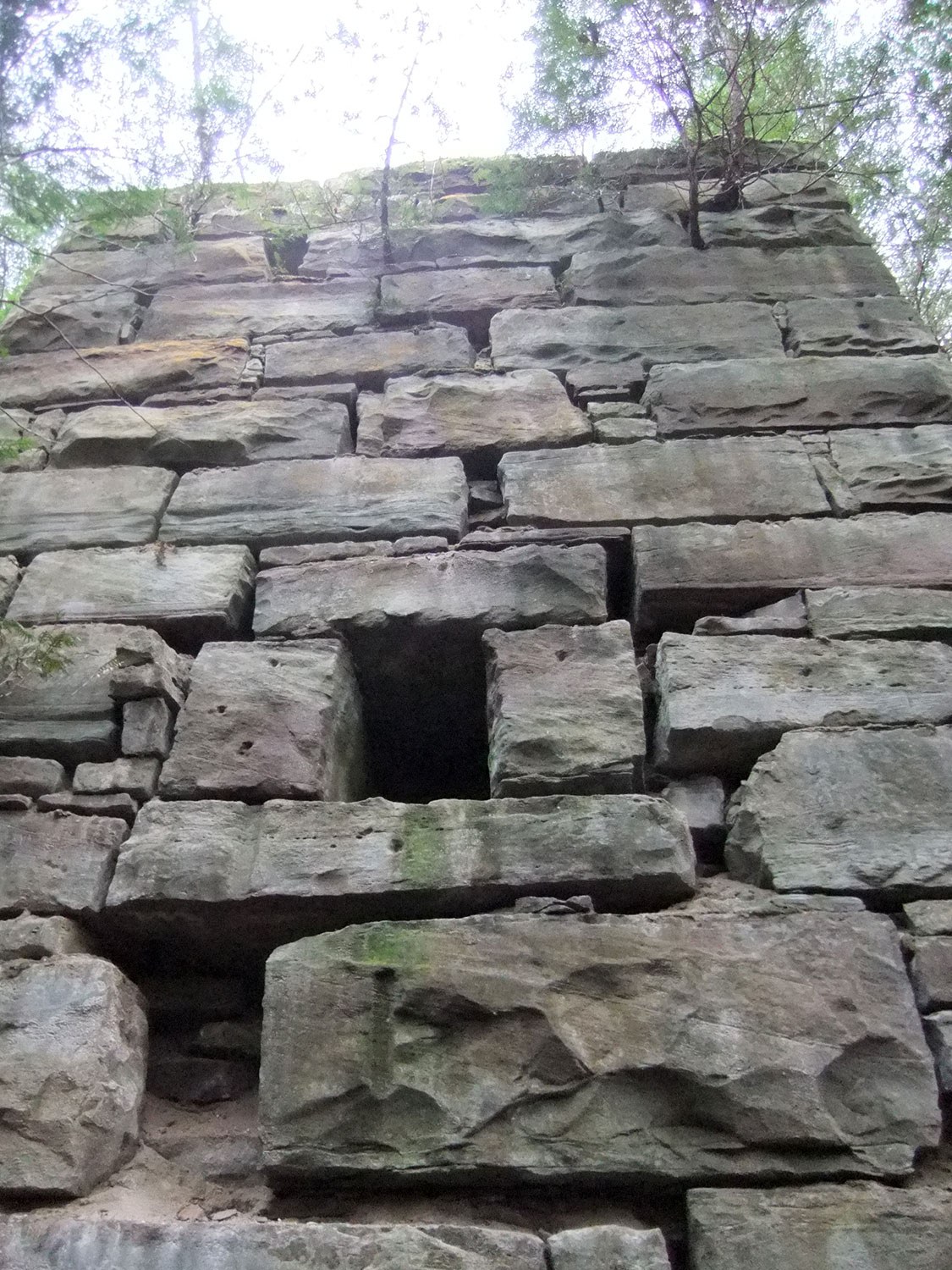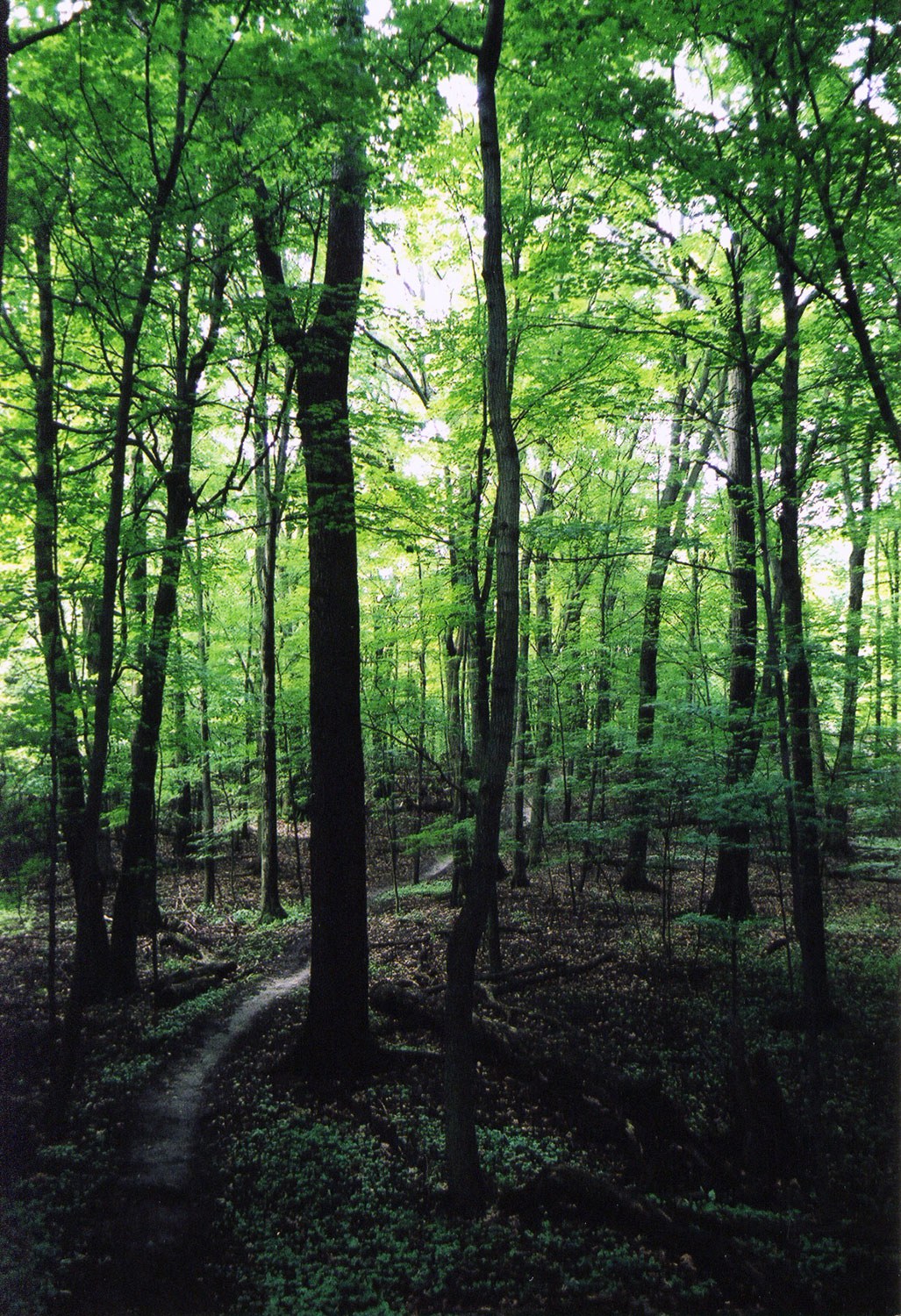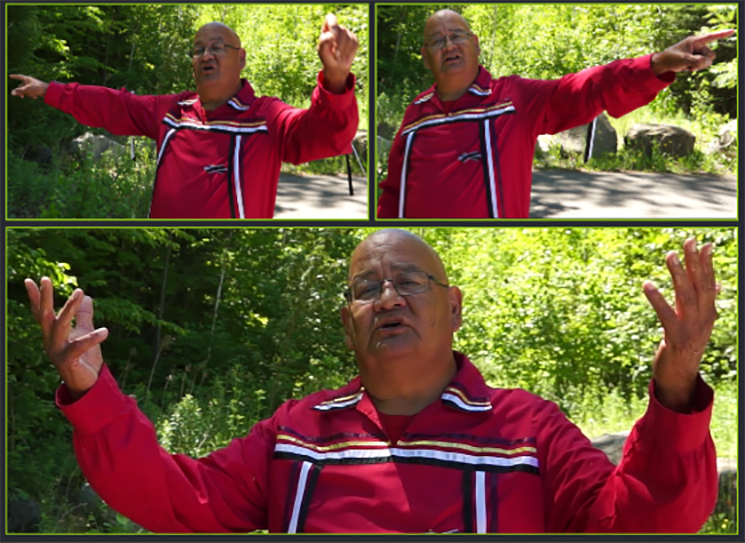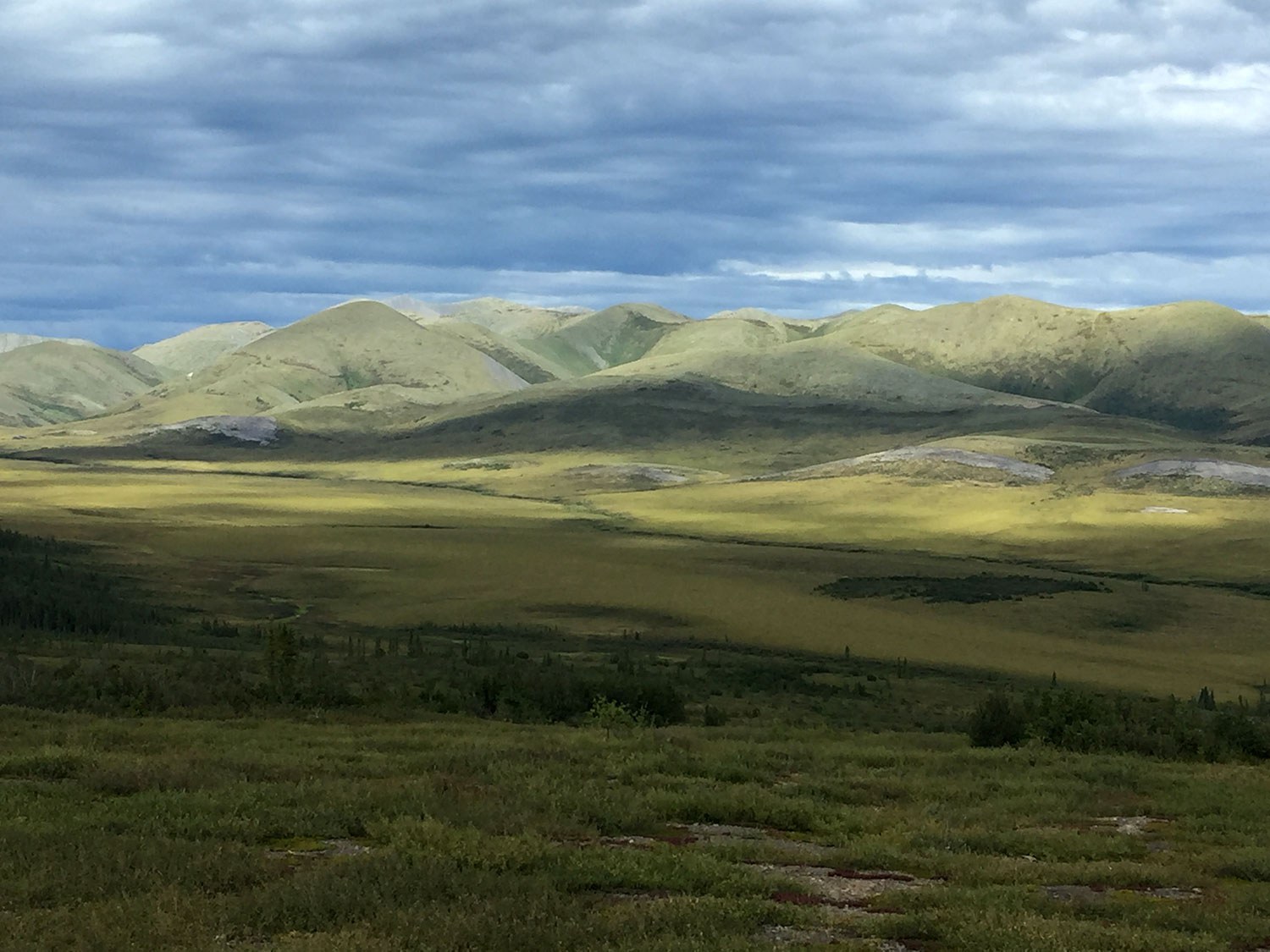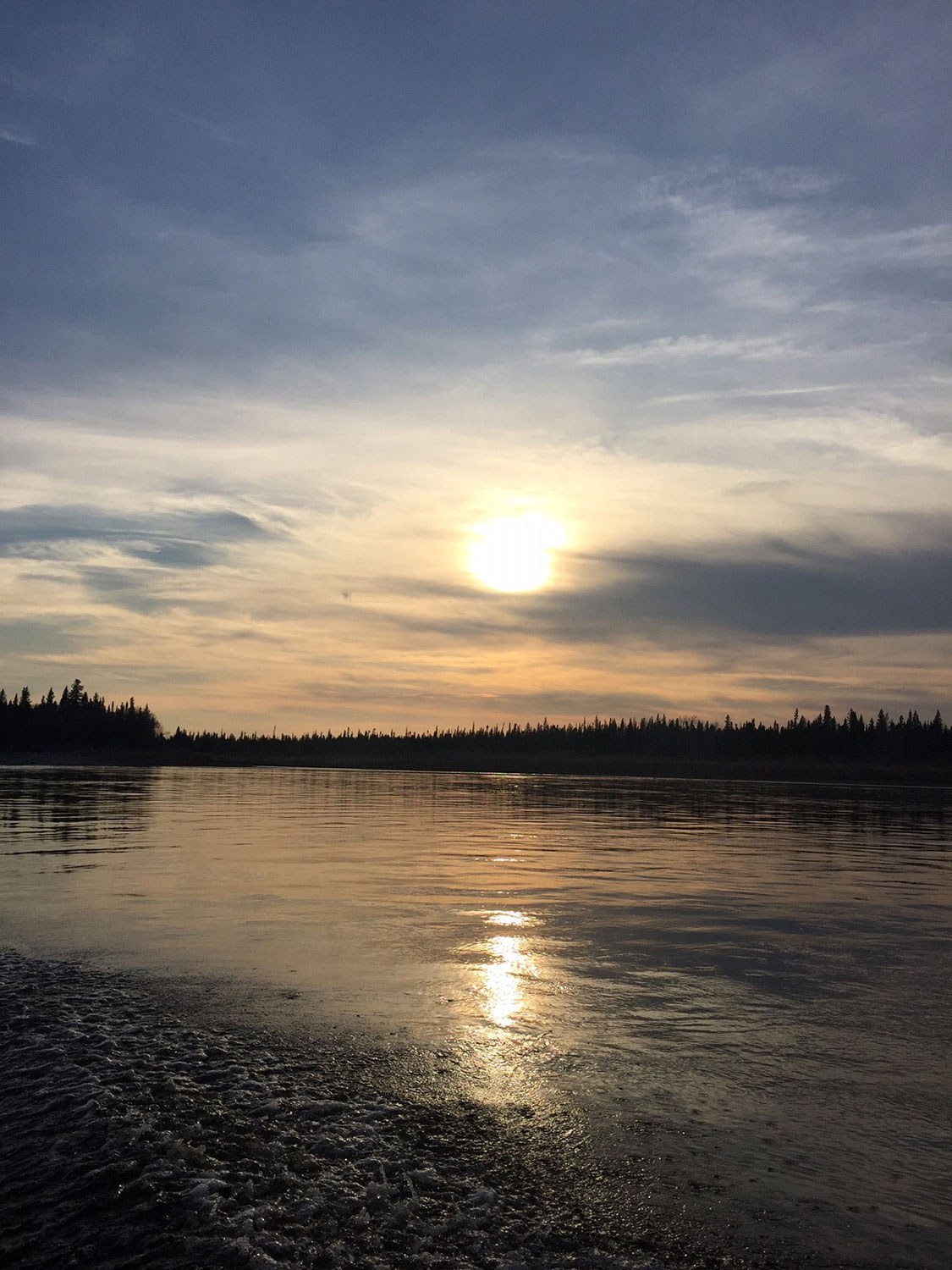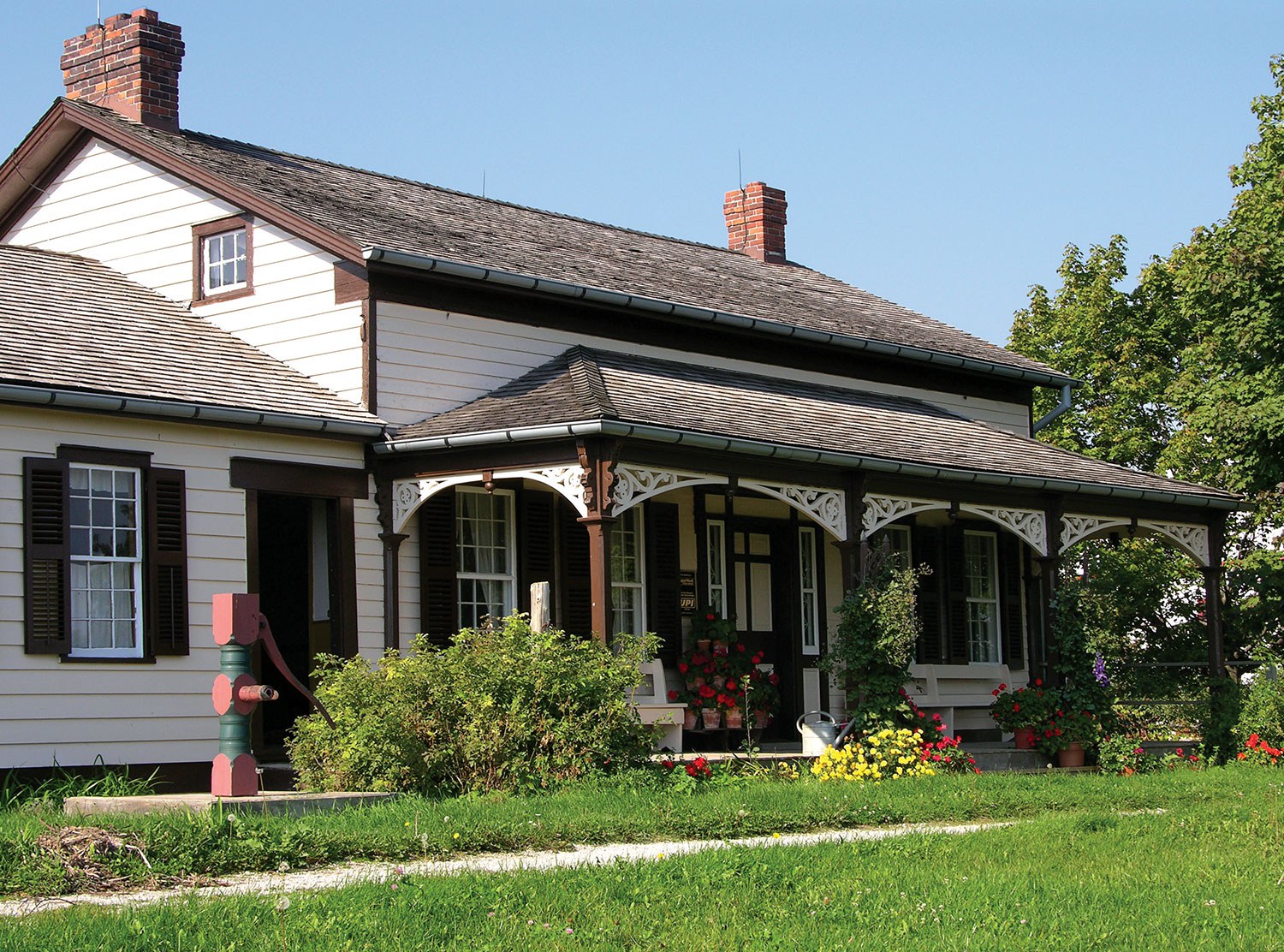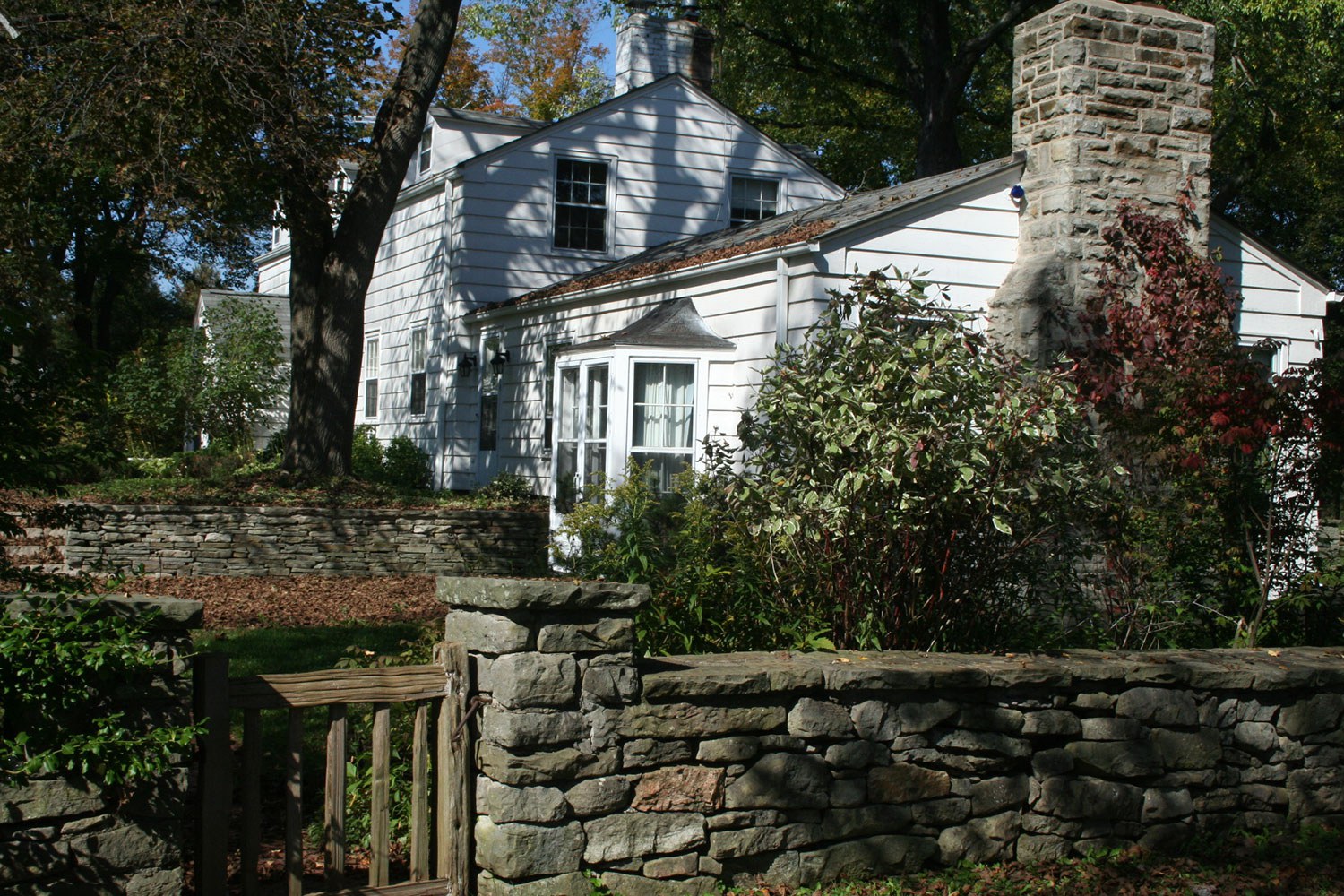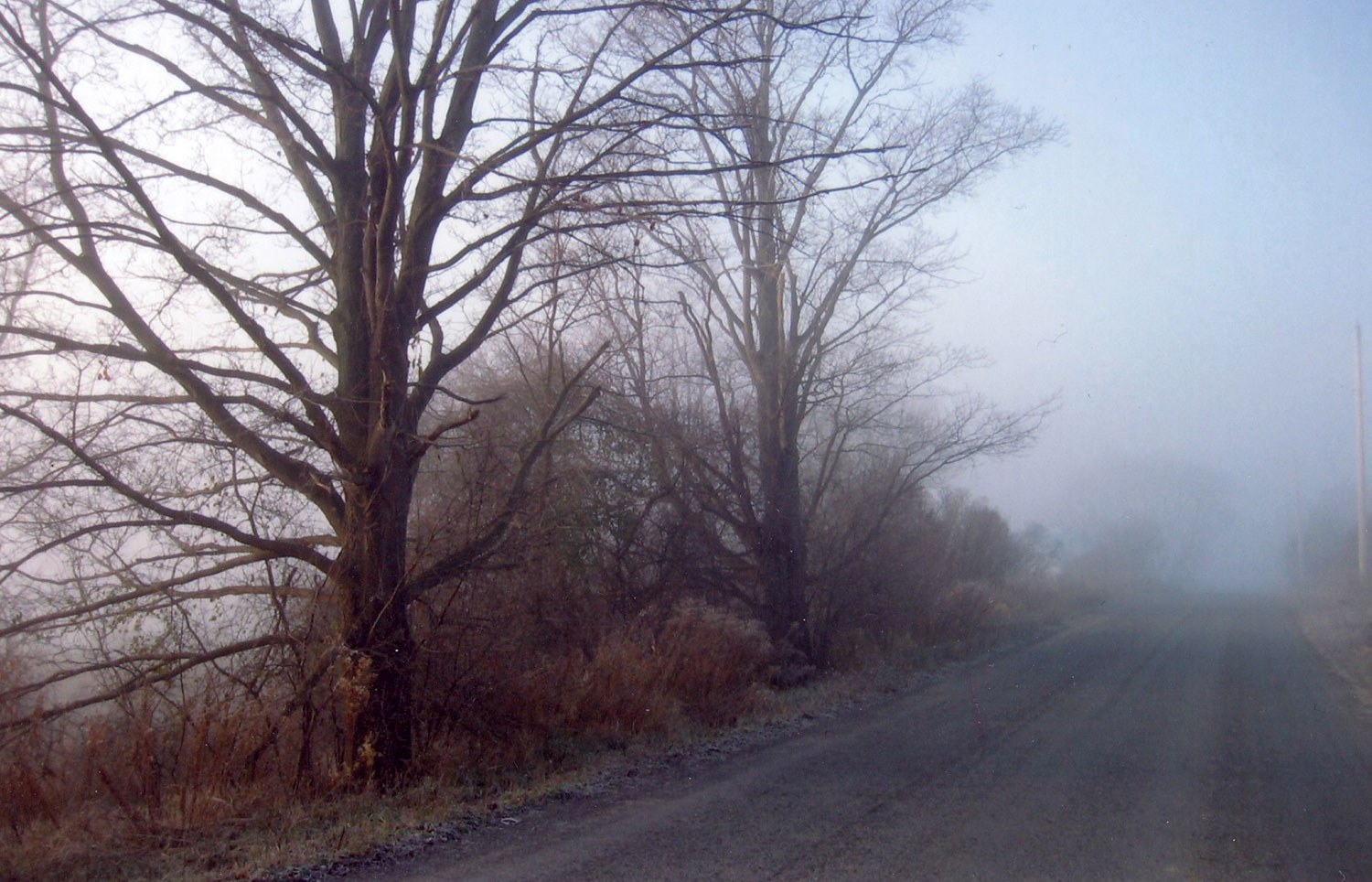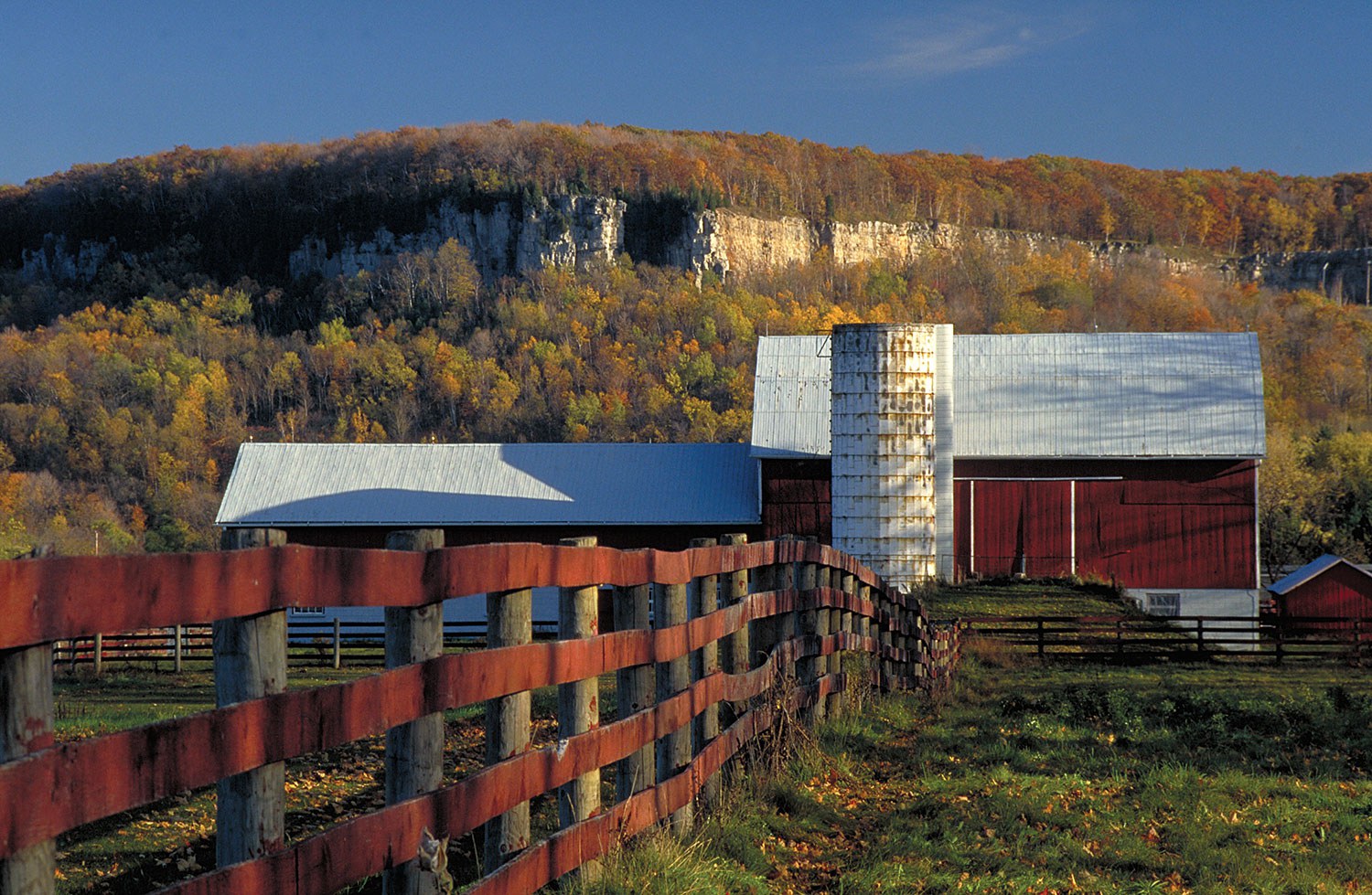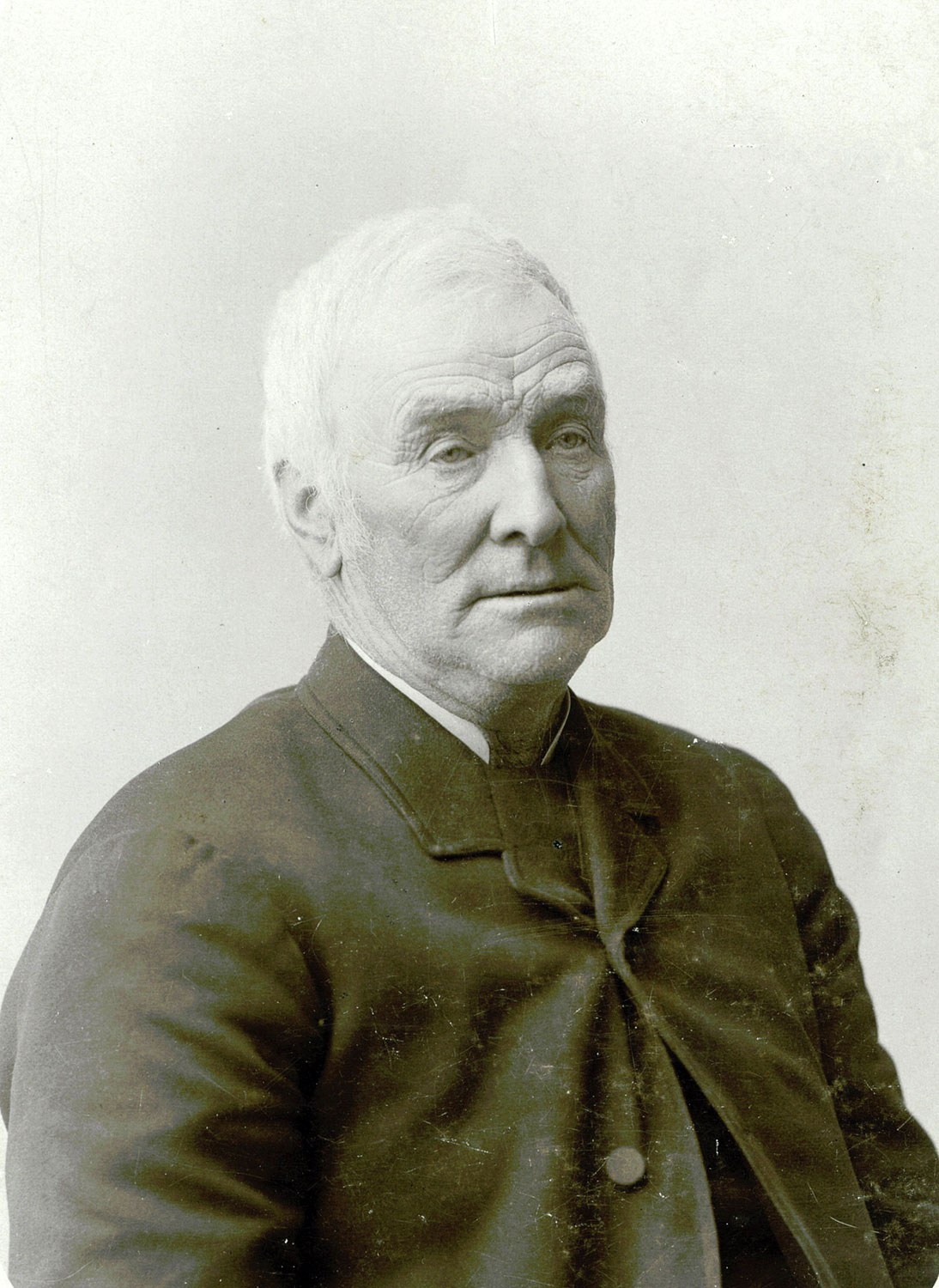

Browse by category
- Adaptive reuse
- Archaeology
- Arts and creativity
- Black heritage
- Buildings and architecture
- Communication
- Community
- Cultural landscapes
- Cultural objects
- Design
- Economics of heritage
- Environment
- Expanding the narrative
- Food
- Francophone heritage
- Indigenous heritage
- Intangible heritage
- Medical heritage
- Military heritage
- MyOntario
- Natural heritage
- Sport heritage
- Tools for conservation
- Women's heritage
Where is who we are
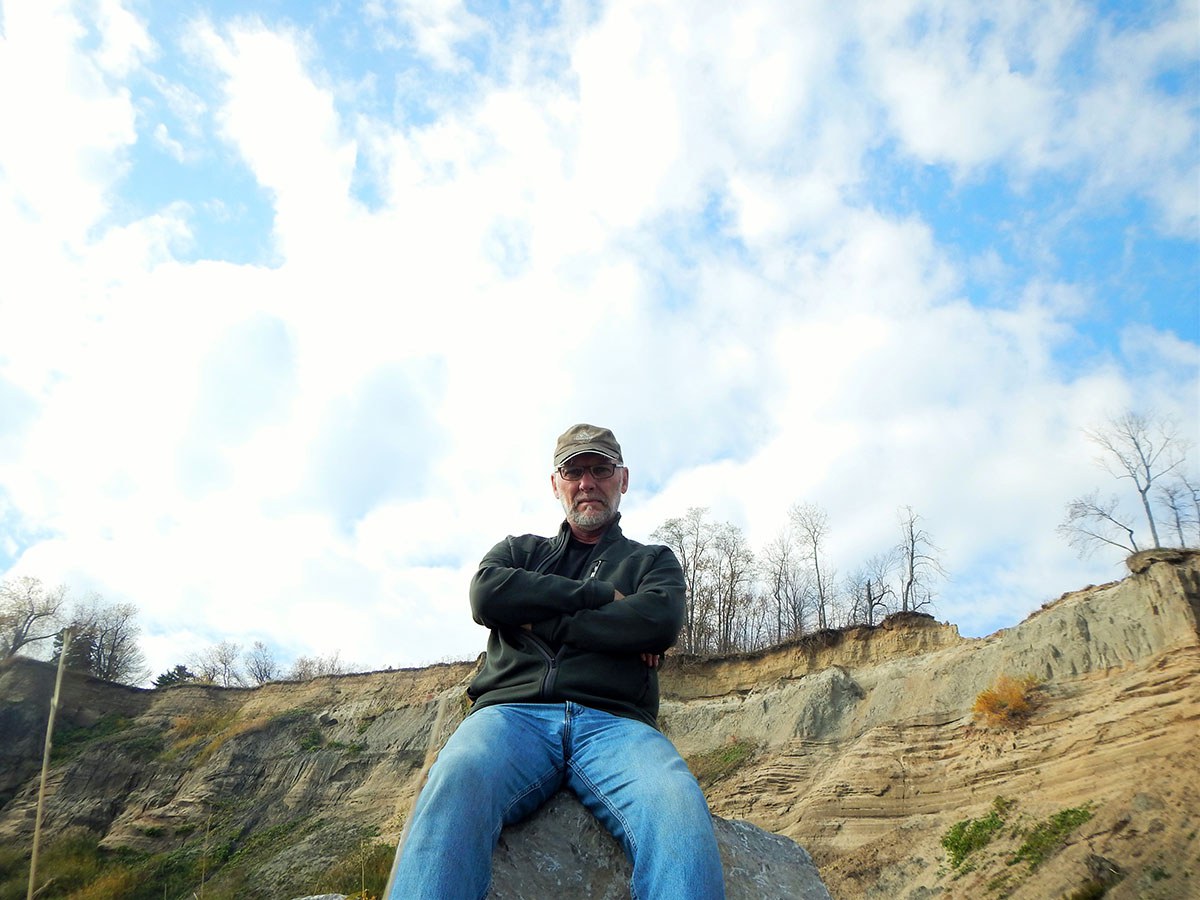

"“Asking a poet to talk about landscape – cultural or otherwise – is like asking beer about a glass. It’s what holds us.”"
Gerard Hill
What might I mean by landscape holds us? When we open our eyes, we see light. We open our mouths, we breathe air. These are the simple media by which our landscape first appears. Already, I correct myself. Our first landscape is a mother’s heartbeat rocking the womb. Our first light is darkness; our first rhythms are temperature and sound. Landscape – the field of sensation that we are born through – seems a simple read. It’s where we are born and always have been.
If that’s too grand a claim, the next one will be also: landscape as both cause and effect of who we are. But now, the matter becomes less straightforward, for I can speak only of my landscape – my intersection of topography, genetics, history, family, personality, community, the works. In saying so, I shift my notion of landscape from what it is to what it does, from physical to cultural.
What a cultural landscape does is babble in diverse voices. Let’s consider Fool’s Paradise in Toronto, site of the Doris McCarthy Artist-in-Residence centre. Several narratives – each with its own vocabulary, character and delights – clamour for the attention of the artist here. Anyone can be as vital, as generative in whatever practice the artist uses, as the next. Here’s a quick list: Scarborough urban development, Great Lakes ecology, bluff geology, the painterly practice of McCarthy herself, the administrative realities of the program, and, we cannot forget, what the goose nation is doing. That’s a lifetime of work! It’s up to the shifting/shifty temperament of the poet as to which voice he/she gives the most hearing.
For example, we might be drawn to the story of the multi-million dollar homes built on land that will one of these days tip into Lake Ontario. When Doris McCarthy built her first cabin (in the 1940s), there was nothing between her triangle of land – where the ravine meets the top of the bluff and Kingston Road – but a ridge and a wooded slope. Only within the last decade or two did the road down to Doris’s place fill in, especially on the bluff side, with houses that the wealthy built. These homeowners, however, soon notice they’re losing a metre of property each year to the Scarborough Bluffs. Pressure is applied to the waterfront authority. A $10-million breakwater saves the base of the Bluffs and thus slows disintegration at the top. Lost, however, will be the cliffs, replaced by an ever-more-gradual slope as earthfall accumulates. In the economic narrative, the Bluffs are both value and cost.
For most of my days at Fool’s Paradise, the word I’d use is time for whatever I saw, whatever came to mind at even the quickest of glances over the pond or down the bluff face. Forces that created the bluffs destroy them. Either way, they’re the beauty that will continue to draw artists here. As we feel the fine dust of the bluffs in our whiskers and see it on our glass tables, which we wiped just yesterday, the very threat of disintegration at the edge is what we love or, at least, cannot resist attraction to.
For poets, it’s always language that activates landscape. What else can there be? Whether landscape registers as, say, heat on a patio or speculation on what Doris McCarthy herself might commit to page or canvas right now, it is landscape spoken and written. I hear thunder but can’t see the western sky. I don’t know if the patio umbrella will hold. But whatever or whenever I know, it’s language, a narrative, that tells us.
Poets love this sort of thing. Almost as if a place speaks a story, one of many – and as any story looks for a listener, or another teller, a poet is drawn to Fool’s Paradise and its landscapes.

